
Jul 1, 2021 | Asteroids, Crewed Space, Daily Space, JAXA, OSIRIS-REx, Random Space Fact, Rockets, ROSCOSMOS, Soyuz, Space History, Spacecraft, SpaceX
On this week’s Rocket Roundup, a sounding rocket launches with student payloads, the Russian Space Force launches a classified satellite, and finally, a routine ISS resupply mission. Plus, this week in rocket history, we look back at STS-71 and the first Shuttle-Mir docking.
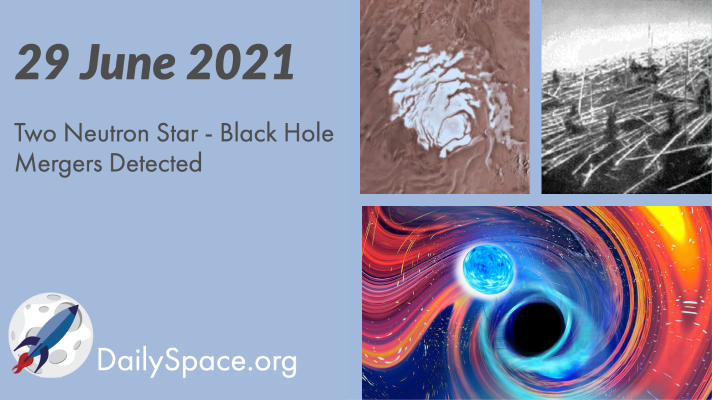
Jun 30, 2021 | Asteroids, Daily Space, Earth, Exoplanets, Mars, Neutron Stars / Pulsars, Supermassive Black Holes, Supernovae
About 900 million miles away in two different galaxies, a black hole and a neutron star merged, and their gravitational waves have been detected here on Earth. These detections add another type of merger to the collection so far discovered. Plus, new composition data on Mars’ south polar cap and a look back at the Tunguska Event. #AsteroidDay
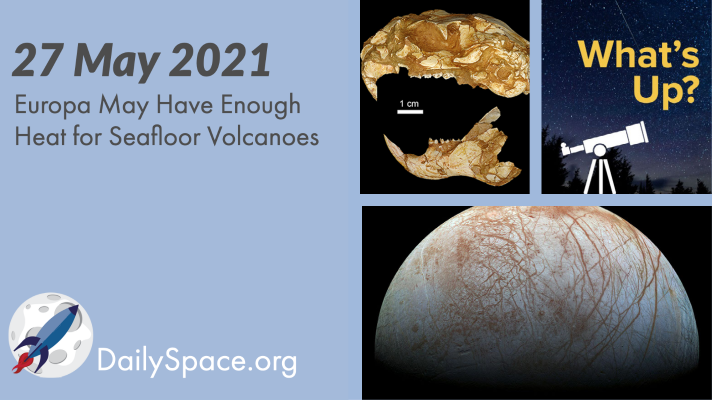
May 28, 2021 | Asteroids, Daily Space, Earth, Exoplanets, JAXA, Jupiter, Mars, Mercury, Saturn, Sky Watching, The Sun, Venus
Jupiter’s moon Europa, an icy world with a subsurface ocean that interests astrobiologists, may actually be hot enough to melt the interior rock and create volcanoes on the ocean floor. Plus, Ryugu, giant planets, fossil discoveries, Martian glaciers, and this week’s What’s Up!
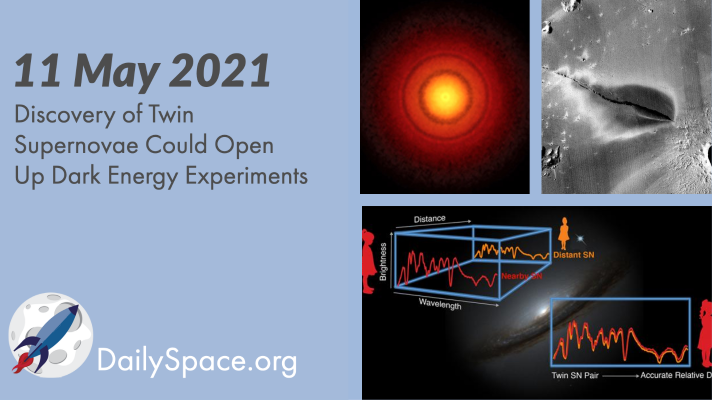
May 12, 2021 | Asteroids, Daily Space, Exoplanets, Galaxies, Mars, OSIRIS-REx, Planets, Star Forming Region, Supernovae, Voyager I & II
Researchers found that among about 50 supernovae, many had nearly identical spectra, paving the way for making more accurate distance calculations. These calculations, in turn, open up the possibility of using supernovae to better search for dark energy. Plus, OSIRIS-REx, Voyager I, planetary formation, and volcanoes on Mars.
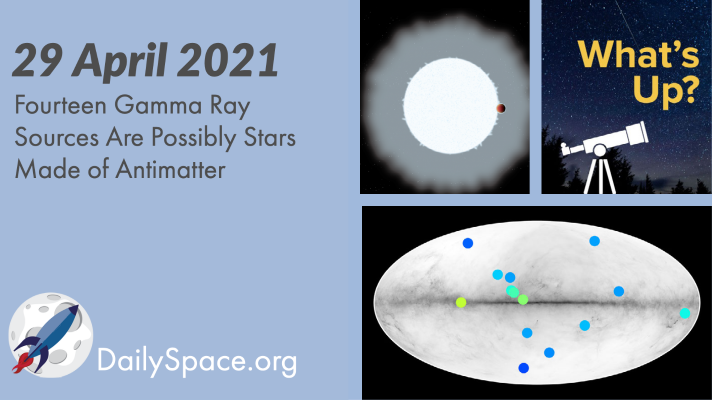
Apr 30, 2021 | Asteroids, Daily Space, Exoplanets, Mars, Milky Way, Moon, Sky Watching, Stars
Gamma rays given off by fourteen different sources in our sky could be a sign of the existence of antistars, leading to the potential for breaking the standard cosmological model. Plus, nano dust, the HI-SEAS experiment, hydroxyl at an exoplanet, and this week’s What’s Up.
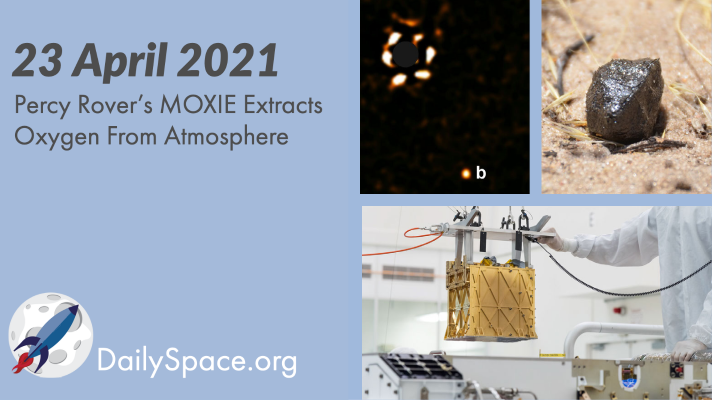
Apr 26, 2021 | Asteroids, Daily Space, Exoplanets, Mars 2020, Perseverance, Physics, Stars
In another first for NASA’s Perseverance rover, a cube-shaped instrument called MOXIE, or Mars Oxygen In-Situ Resource Utilization Experiment, has successfully converted some of Mars’ atmospheric carbon dioxide into oxygen. Plus, a wild roundup of stories including exoplanets, sky maps, fast radio bursts, meteorites, and the problem with symmetry.








 We record most shows live, on Twitch. Follow us today to get alerts when we go live.
We record most shows live, on Twitch. Follow us today to get alerts when we go live.